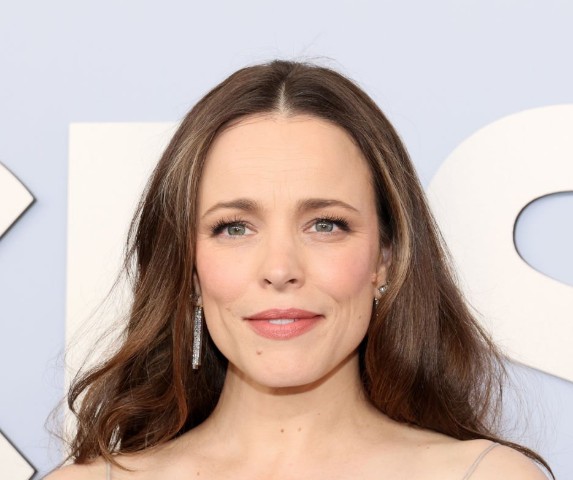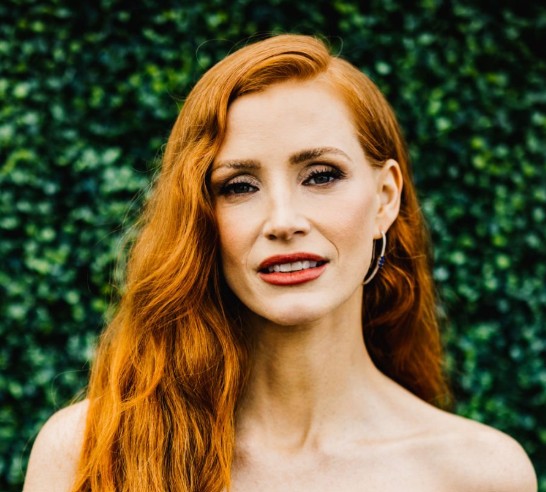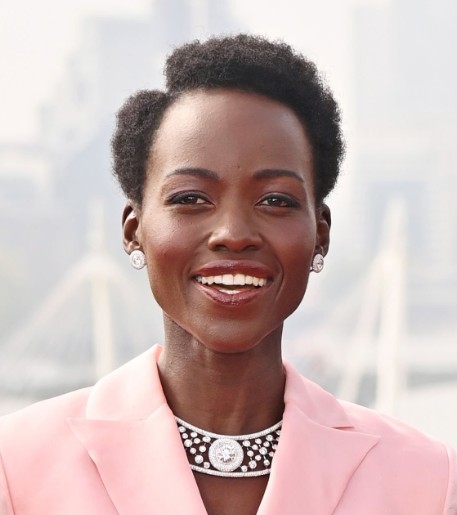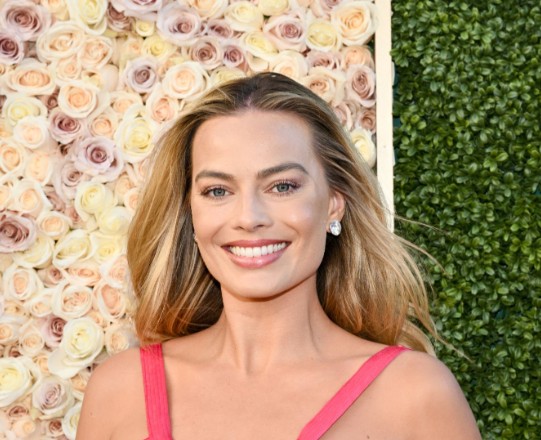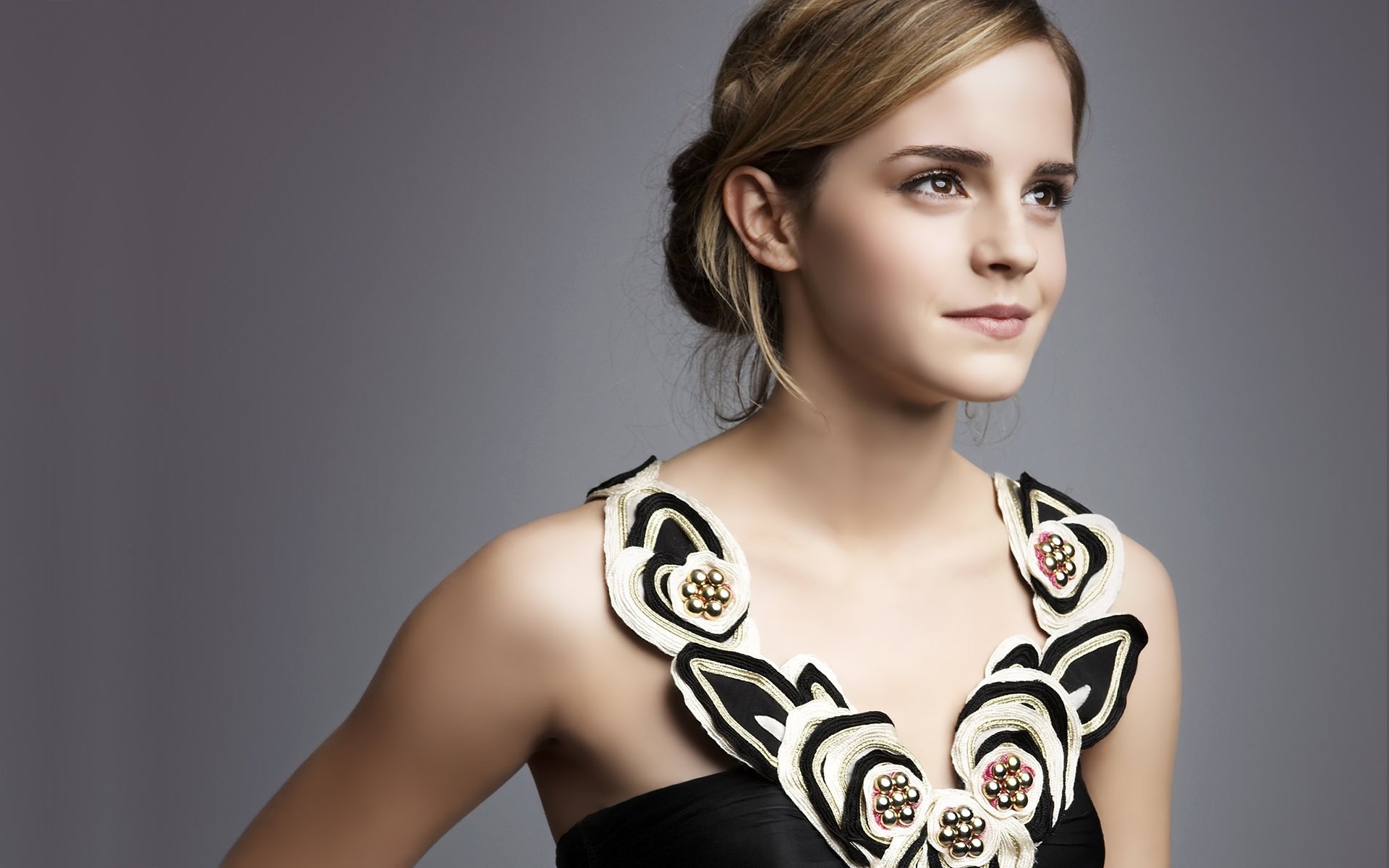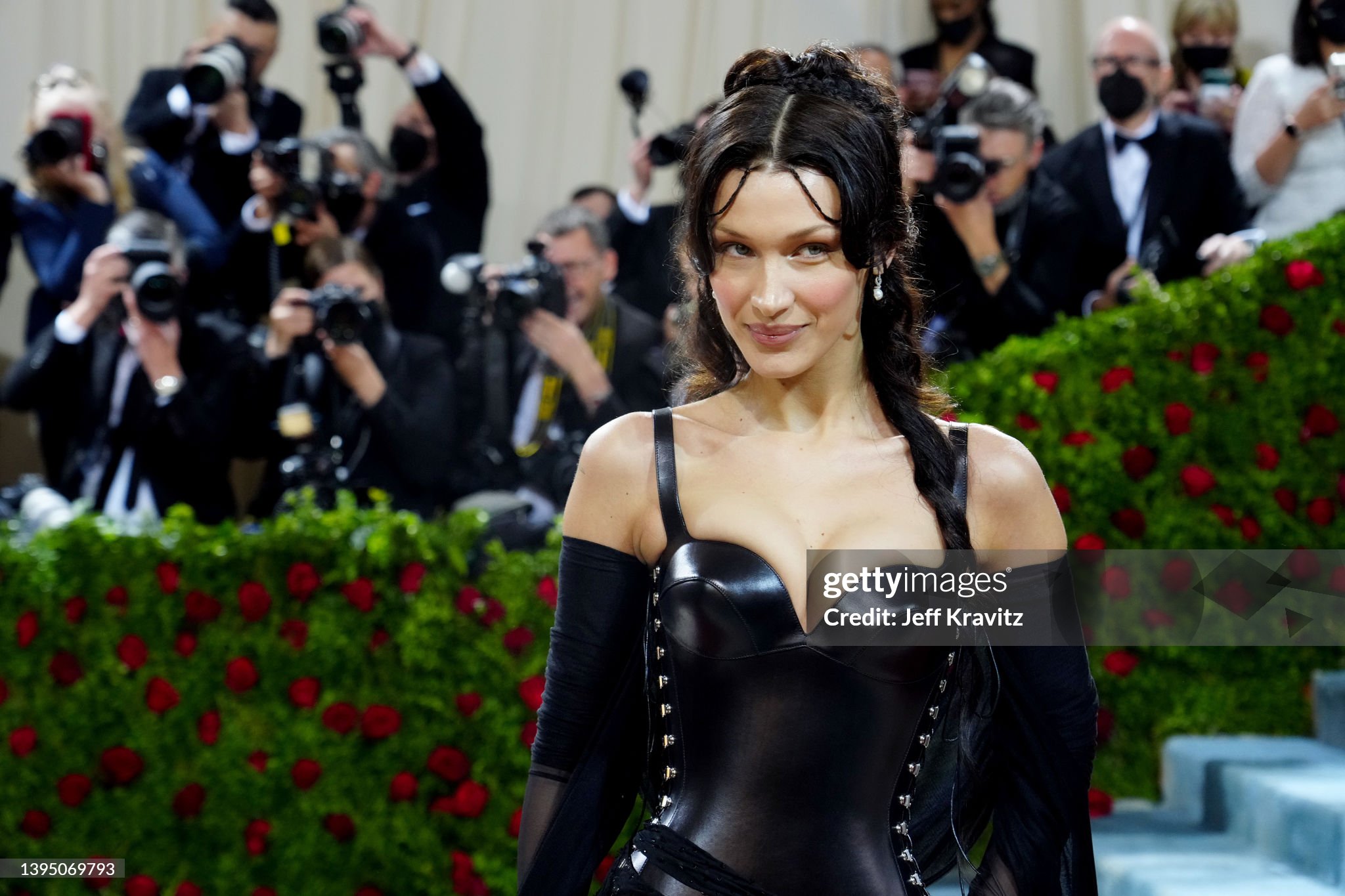
Bella Hadid (born October 9, 1996, in Washington, D.C., United States) is an American fashion model most widely recognized as a representative for the luxury brand Dior.
Early Life, Family, and Education
Bella Hadid was born in Washington, D.C., and grew up in Santa Barbara, California. She is the daughter of Mohamed Hadid, a Palestinian property developer, and Yolanda Hadid (formerly van den Herik), who previously worked as a Dutch model. Her siblings include Marielle, Alana, Gigi, and Anwar, with the latter three also pursuing careers in fashion. Raised in the Muslim faith, Hadid stated in a 2017 interview with Porter magazine that she continues to identify proudly as a Muslim.
From the age of three, Hadid was involved in horseback riding and competed in equestrian events until she was 15. In 2012, she was diagnosed with chronic Lyme disease, which caused symptoms like fatigue, mental fog, anxiety, and joint discomfort, ultimately derailing her aspirations of Olympic-level competition. In 2014, she enrolled at the Parsons School of Design in New York City to study photography but soon left to pursue modeling full-time after signing with IMG Models.
Read more about Trendy Gadgets
Read more about the Hottest Beauty
Modeling Career
Bella Hadid entered the modeling world at 16, beginning with a campaign for the women’s fashion brand Flynn Skye. Her breakthrough came in 2014 when she walked the runway for the Spanish label Desigual during New York Fashion Week and later modeled in Tom Ford’s show. She soon started appearing at major fashion events, including the runways of London and Paris Fashion Weeks. By the end of 2015, she had graced magazine covers such as Seventeen and featured in others like Elle, and she made her debut with Chanel. In 2016, Bella and her sister Gigi walked together for the first time during Chanel Haute Couture. According to Bella, the two have not experienced much rivalry in their professional lives.
In 2016, Bella Hadid landed her first major beauty endorsement deal as a spokesperson for Dior Beauty. She quickly became a prominent figure in the modeling world, participating in runway shows for top designers and significantly increasing brand visibility. In 2022, the brands she modeled for saw an average social media engagement increase of nearly 30 percent. Her honors include multiple nominations for Model of the Year, an award she won from GQ in 2016 and at the British Fashion Awards in 2022.
The fashion industry is a multibillion-dollar global sector focused on the creation and sale of clothing. Some analysts differentiate between the fashion industry (associated with “high fashion”) and the apparel industry (linked to everyday wear or “mass fashion”), but by the 1970s, those distinctions had largely faded. Fashion can most simply be described as the prevailing clothing and accessory styles worn by groups of people at a specific time. While there may seem to be a contrast between the luxurious designer pieces showcased on the runways of cities like Paris or New York and the mass-produced casualwear found in retail stores and street markets globally, the fashion industry includes all elements involved in clothing creation and sale. This includes everything from elite haute couture and designer collections to regular daily wear like jeans or sweatshirts. The term “fashion industries” is sometimes used to reflect the numerous connected sectors and services employing millions of people worldwide.
Jacques Doucet: Women’s Evening Coat
A French women’s evening coat made from wool and silk, trimmed with mink fur, showcasing the Belle Époque style, designed by Jacques Doucet in 1902; part of the collection at the Metropolitan Museum of Art in New York City.
Fashion, as an industry, is a byproduct of modern times. Before the mid-1800s, most garments were individually handcrafted—either at home or by professional dressmakers and tailors. By the early 1900s, thanks to inventions like the sewing machine, the emergence of global trade, factory-based manufacturing, and the expansion of retail venues such as department stores, clothing began to be produced in large quantities with standardized sizing and set pricing. While the fashion industry initially developed in Europe and North America, it has since become a globalized system, with design, production, and retail often occurring in different parts of the world. For instance, an American brand might buy fabrics from China, manufacture garments in Vietnam, do the finishing in Italy, and distribute the final products through U.S. warehouses to stores around the world. The fashion sector has historically been a major employer in the United States, though job numbers have dropped significantly due to production shifting to overseas markets like China. Since economic data is usually separated by nation and by sector, it’s challenging to compile comprehensive statistics for global clothing and textile output. Nevertheless, the industry clearly makes up a large portion of the global economy.
There are four main components of the fashion industry: first, the creation of raw materials like fabrics, leather, and fur; second, the actual manufacturing of clothing by designers, producers, and contractors; third, the retail aspect of selling garments; and finally, marketing and advertising. Each of these levels contains several distinct but interconnected areas, all working toward the shared aim of fulfilling customer demand for clothing while ensuring profitability for businesses in the sector.
Historically, only a limited number of fashion designers have risen to prominence as recognizable figures—such as Coco Chanel or Calvin Klein—known for creating elite high-fashion lines, whether in the form of couture or ready-to-wear collections. These designers play a significant role in influencing fashion trends, but contrary to widespread belief, they do not invent styles from nothing; instead, they aim to develop clothing that aligns with consumer preferences. The overwhelming majority of designers remain behind the scenes, working anonymously for manufacturing companies as members of design teams, modifying trend-forward looks into wearable pieces for everyday buyers. Designers take cues from a diverse array of sources, including movie and TV wardrobes, street fashion, and athletic apparel. For many in the industry, traditional design approaches—like sketching by hand or draping textiles on dress forms—have been enhanced or even replaced by digital design tools. These technologies enable swift alterations to a garment’s shape, fabric choice, decorations, and other components, while also allowing designers to instantly share these updates with collaborators—whether nearby or across the globe.
Bella Hadid is a top model who has been featured in advertisements for luxury brands like Bulgari and Fendi. She hopes to use her platform to “make a positive difference in the world.” Hadid has opened up about her battles with mental health, living with Lyme disease, and her support for Palestinian rights. Although she’s interested in pursuing acting in the future, she finds it challenging to remember lines.
Bella Hadid, whose full name is Isabella Khair Hadid, was born on October 9, 1996, in Washington, D.C. Her father, Mohamed Hadid, works as a real estate developer and architect. Her mother, Yolanda Hadid, is a former model who appeared on The Real Housewives of Beverly Hills. Bella was raised alongside her older sister, Gigi, and younger brother, Anwar—both of whom also pursued careers in modeling. Additionally, the siblings have three half-sisters—Alana, Marielle, and Aydan—from their father’s previous relationships.
Bella Hadid’s mother emigrated from the Netherlands to the United States when she was 16, while her father, who was born in Palestine, came to the U.S. as a young refugee. Bella, who has openly said, “I am proud to be a Muslim,” was brought up observing traditions like Ramadan and celebrating Eid. Still, she admitted in 2017, “As I got older, I had school and work, so fasting regularly became harder.”
Mohamed and Yolanda ended their marriage in 2000. Yolanda later tied the knot with music producer David Foster, who became part of Bella’s life for a while, though that marriage also came to an end.
In a 2017 interview, Bella Hadid reminisced about growing up in California, saying: “Living on a ranch in Santa Barbara, I’d go to school during the day, ride horses at the stables afterward, eat dinner with my family at 6, do homework, and go to sleep.” She was an accomplished horseback rider, competing from the age of 3 until she was 15.
At 14, Bella Hadid took a job at a juice bar to earn her own pocket money. That same year, she began dyeing her naturally blonde hair, which gave her a distinct look that helped set her apart from her older sister in the modeling scene.
Modeling Journey
After graduating high school, Bella Hadid relocated from California to New York City to study photography at Parsons School of Design. By that time, her sister Gigi was already gaining recognition in the modeling world. Bella also began modeling and soon realized that she was learning more on the job working with photographers than she was in the classroom. She eventually chose to leave school and pursue modeling full-time. In 2015, she debuted on the runway for Tom Ford at New York Fashion Week.
Hadid is proud of having reached financial independence by 18. She has appeared on the covers of top fashion magazines and worked with major brands such as Bulgari, Fendi, and Dior Beauty.
Although both sisters are in the fashion industry, Bella and Gigi don’t view each other as rivals. In a 2017 Harper’s Bazaar interview, Bella said, “Usually, we have different roles in this business. If one of us gets a job, the other is genuinely happy.” Beyond the encouragement from Gigi and their mom, Bella also shares a close friendship with other prominent models, like Kendall Jenner.
